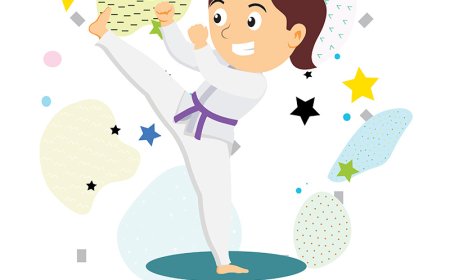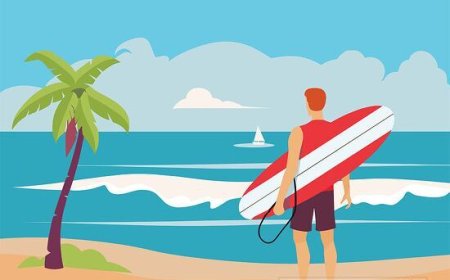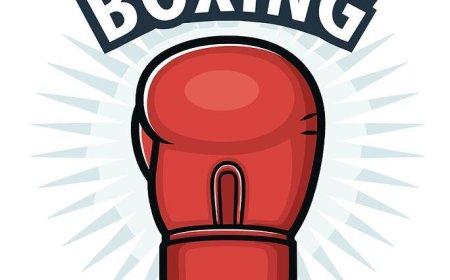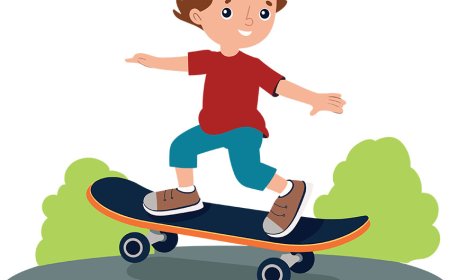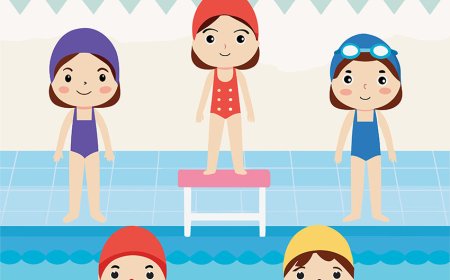Snowboarding: History, Styles, Famous Riders, and Fun Facts for Students
Learn the history of snowboarding, different styles, famous snowboarders, and why this winter sport is so exciting.
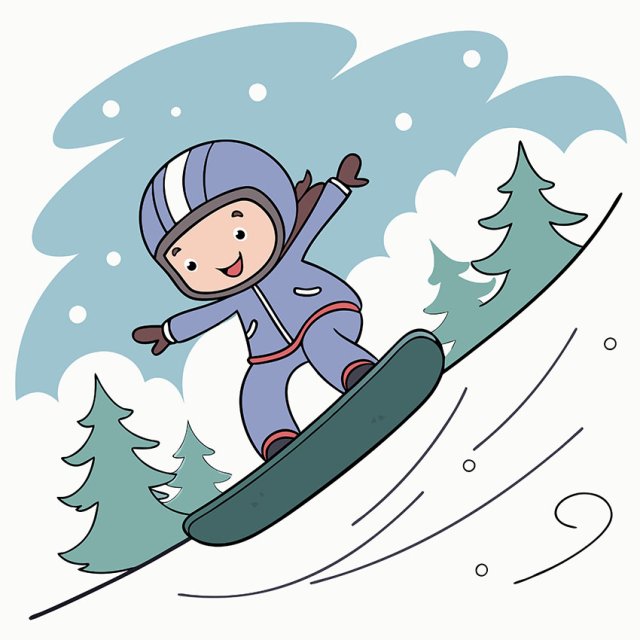
🏂 Snowboarding: Riding the Slopes with Style and Skill
🎯 Introduction
Snowboarding is an extreme winter sport where athletes glide down snowy slopes on a single board. Combining balance, speed, and creativity, snowboarding has become one of the most popular events at the Winter Olympics. From racing downhill to performing flips in the air, snowboarders push the limits of what’s possible on snow. This article will teach you how snowboarding started, how it’s practiced, and why it’s so much fun.
🏛️ History of Snowboarding
Early Days
- Snowboarding began in the 1960s and 70s in the USA.
- The first snowboard was called the “Snurfer,” created by Sherman Poppen in 1965.
- Early boards were like surfboards for snow.
Growth into a Sport
- In the 1980s, companies started making better boards.
- Snowboarding became popular at ski resorts.
- The first official competition was held in 1981.
Olympic Recognition
- Snowboarding joined the Winter Olympics in 1998 in Nagano, Japan.
- Events include Halfpipe, Slopestyle, and Snowboard Cross.
🏂 How Snowboarding Is Practiced
Equipment
- Snowboard
- Bindings (hold boots to the board)
- Snowboard boots
- Helmet and goggles
- Protective clothing
Basic Techniques
- Regular Stance: Left foot forward
- Goofy Stance: Right foot forward
- Turning by shifting weight
- Stopping by carving edges into the snow
Styles of Snowboarding
- Freestyle: Tricks and jumps
- Freeride: Riding natural terrain
- Alpine (Race): High-speed carving
- Backcountry: Ungroomed, deep-snow riding
🧬 Classification & Scientific Background
Classification: Individual sport, extreme sport, winter sport.
Biomechanics:
- Balance: Staying upright on uneven surfaces
- Strength: Controlling the board and landing jumps
- Coordination: Linking movements smoothly
Exercise Science:
- Builds leg and core strength
- Improves balance and agility
- Boosts cardiovascular fitness
Psychology:
- Teaches risk management
- Builds confidence
- Encourages creativity
🏆 Major Competitions
- Winter Olympics
- X Games
- FIS World Championships
- Dew Tour
⭐ Famous Snowboarders
- Shaun White (USA): Three-time Olympic gold medalist
- Chloe Kim (USA): Youngest Olympic Halfpipe champion
- Ayumu Hirano (Japan): Olympic gold medalist
- Jamie Anderson (USA): Multiple Olympic medalist
💪 Benefits of Snowboarding
- Strengthens legs and core
- Improves balance
- Builds confidence
- Provides great cardiovascular exercise
🏅 Famous Moments in Snowboarding
- Shaun White scoring a perfect 100 in the X Games
- Chloe Kim winning gold at age 17
- Snowboarding’s Olympic debut in 1998
🌟 Interesting Facts About Snowboarding
- The longest snowboard jump was over 78 meters (255 feet)
- Snowboard boots are softer than ski boots
- Some snowboarders ride at speeds over 90 mph
🧠 Kid-Friendly Summary
Snowboarding is a sport where you ride a board down snowy hills. You can race, jump, or do tricks. It started with homemade boards called Snurfers. Snowboarding is now in the Olympics and helps you get strong and have fun outdoors.
✨ Key Takeaways
- Snowboarding started in the 1960s
- It became an Olympic sport in 1998
- Styles include freestyle, freeride, alpine, and backcountry
- Famous snowboarders include Shaun White and Chloe Kim
📖 Vocabulary Words
| Word | Definition |
|---|---|
| Halfpipe | U-shaped snow ramp for tricks |
| Freestyle | Style focusing on tricks and jumps |
| Freeride | Riding natural mountain terrain |
| Carving | Turning by cutting edges into the snow |
| Regular | Left-foot-forward stance |
| Goofy | Right-foot-forward stance |
| Backcountry | Ungroomed, deep-snow terrain |
| Bindings | Devices attaching boots to the board |


















































